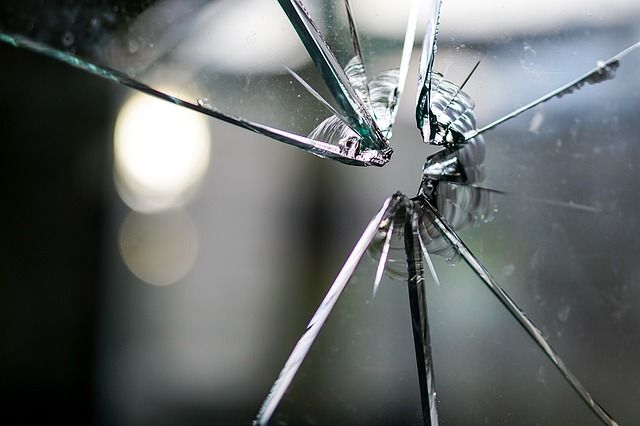Concrete cleaning and resealing is a process used to restore the appearance and functionality of concrete surfaces, such as driveways, sidewalks, patios, and garage floors. Over time, concrete can become stained, discolored, or damaged due to exposure to the elements, automotive fluids, grease, oil, dirt, and other contaminants. Resealing not only enhances the aesthetic appeal of the concrete but also helps protect it from further damage.
Here are the typical steps involved in concrete cleaning and resealing:
-
Assessment: The first step is to assess the condition of the concrete surface. This includes identifying any cracks, stains, or areas of damage that may need repair before resealing.
-
Cleaning: The concrete surface must be thoroughly cleaned to remove dirt, dust, debris, grease, oil, mold, mildew, and any existing sealant. Cleaning methods may include pressure washing, scrubbing with a stiff brush, or using specialized concrete cleaners.
-
Repair: If there are cracks or other damage to the concrete, these should be repaired before resealing. Depending on the severity of the damage, this may involve filling cracks with concrete patching material or resurfacing the entire area.
-
Etching (Optional): In some cases, especially if the concrete is very smooth or has been sealed before, it may be necessary to etch the surface with an acid or abrasive etching solution to create a better bond for the new sealer.
-
Sealing: Once the concrete is clean and any necessary repairs are complete, a high-quality concrete sealer is applied. There are different types of sealers available, including acrylic, epoxy, polyurethane, and penetrating sealers. The choice of sealer depends on factors such as the type of concrete surface, its intended use, and the desired finish (glossy or matte).
-
Application: Sealer can be applied using a roller, brush, or sprayer, depending on the product’s instructions and the size of the area being sealed. Care should be taken to ensure an even and thorough application.
-
Drying and Curing: The sealer needs time to dry and cure. This can take anywhere from a few hours to a few days, depending on the type of sealer used and environmental conditions. During this time, it’s essential to protect the surface from foot and vehicle traffic.
-
Maintenance: Regular maintenance is crucial to extend the life of the concrete sealer. This may involve periodic cleaning and resealing as needed, especially in high-traffic areas.
Concrete cleaning and resealing can significantly extend the lifespan of your concrete surfaces and enhance their appearance. It’s essential to follow the manufacturer’s instructions for the specific sealer you choose and consider the climate and use of the concrete when planning the frequency of resealing. Additionally, hiring a professional for the job can ensure that the process is done correctly and effectively.
https://smartcreteqld.com.au/concrete-cleaning-and-resealing/















